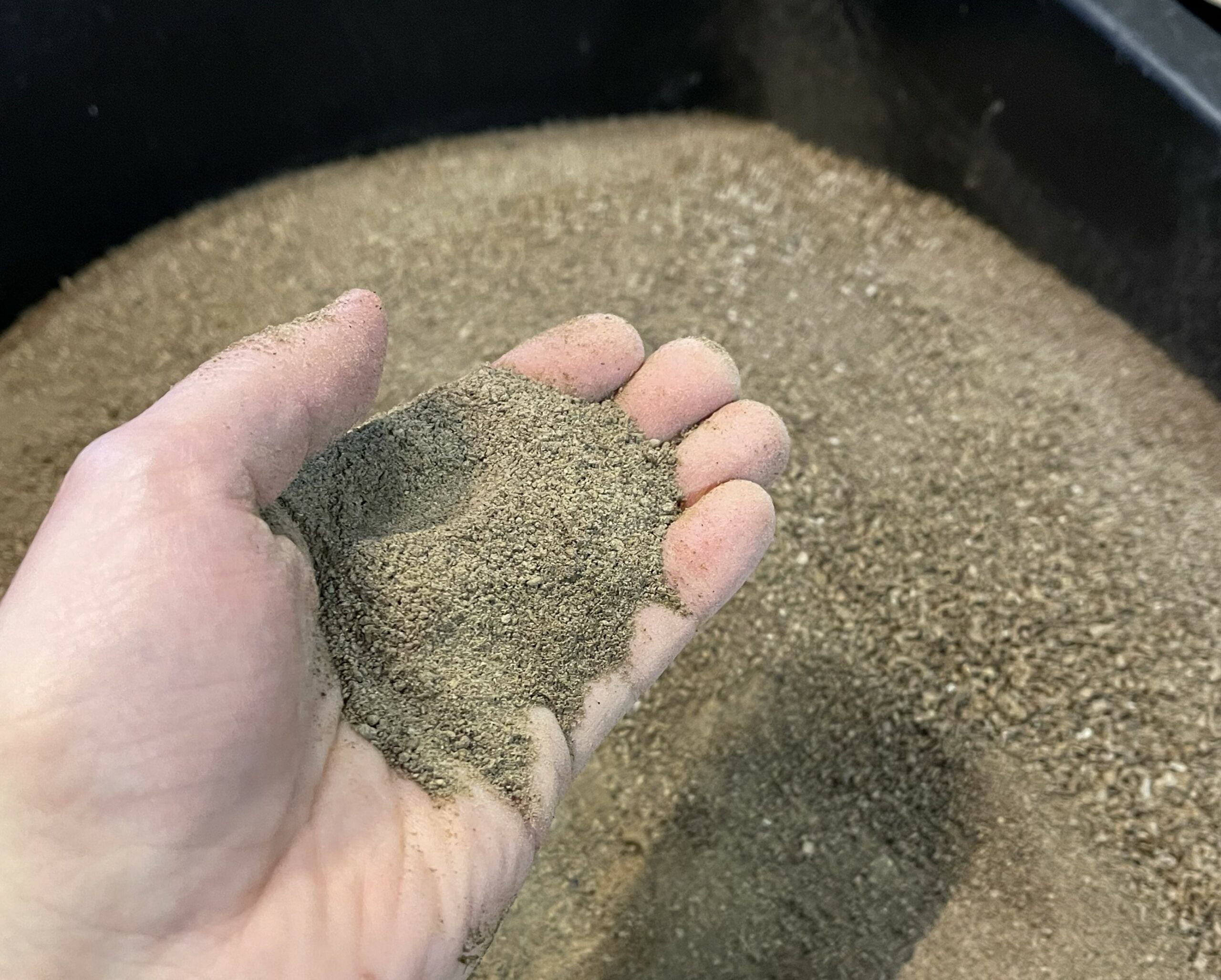
Frass – a forgotten business opportunity in insect farming
One of the less talked about topics in insect farming is the use of frass as a fertilizer, even if that may be one of the most promising business opportunities of them all!
The almost global soil health issues are one thing, opportunities in vertical farming and the need for premium organic fertilizers in small scale horticulture and home farming are another, and the damage soybean farming and generally intensive agriculture is doing for soil is yet another. Then there are sustainability issues, circular food system, etc. And there’s more.
Intensive farming practices can have severe negative impacts on soil health, such as:
- Acidification: Intensive farming can lead to soil acidification, which can reduce soil fertility and harm plant growth
- Nitrification: Overuse of nitrogen fertilizers can lead to nitrification, which can further cause soil acidification, nutrient imbalances, and groundwater contamination
- Desertification: Overgrazing and deforestation can lead to desertification, which is the degradation of land into desert-like conditions
- Decline in organic matter: Intensive farming practices can lead to a decline in organic matter and necessary microbial activity in soil, which can reduce soil fertility and harm plant growth
- Soil health and regeneration issues: Intensive tillage systems, low crop biomass, and burning or removing crop residues can cause soil disturbance, which can lead to erosion, nutrient depletion, and other soil health issues
- Need to use and the use of synthetic fertilizers and agro-chemicals: The use of synthetic fertilizers and agro-chemicals, commonly used in intensive farming, can harm soil biodiversity by reducing the diversity of individual groups of soil biota
- Decreased or disturbed biodiversity: Decreased / low biodiversity can change disease cycles as well as natural food cycles / webs, making them less diverse and composed of smaller-bodied organisms, reducing the number of functional groups of soil biota with fewer and taxonomically more closely related species, influence plant growth, and harm pollinators.
So what can frass do?
Frass, the excrement of insects and a side product of insect rearing (in this article mostly related to Black Soldier Fly rearing and BSF frass), can help farmers in soil health issues in a number of ways when used as a fertilizer or part of the fertilizer mix;
- Frass has shown to positively affect soil structure, water retention, and microbial diversity.
- Frass may enhance plant resistance to pests and diseases.
- Frass can provide nutrients such as nitrogen, phosphorus, and potassium to the soil. Frass can also close nutrient cycles and improve soil and plant quality.
- Frass can result in significant increases in shoot growth of cereal seedlings.
- Frass enhances plant growth hormones, which can lead to better plant growth and development. It is also a biostimulant for rooting, vegetative and flowering stages.
- Using frass in farming can be a sustainable and effective way to improve soil health and plant quality, increase crop yield, and support plant growth in various ways.
What is frass then?
Frass contains several nutrients that can be beneficial for soil and plant growth;
- Nitrogen: An essential nutrient for plant growth (NOTE! Black soldier fly frass has significantly higher nitrogen and potassium concentrations compared to many other insect species’ frass)
- Phosphorus: Another essential nutrient for plant growth
- Potassium: Important for plant growth and development
- Calcium: Important for plant cell wall structure and function
- Magnesium: Important for chlorophyll synthesis and plant growth
- Sulphur: Important for protein synthesis and plant growth
- Micro-nutrients: Frass also contains manganese, copper, iron, zinc, boron, and sodium, which are important for plant growth and development
However, it is important to note that the nutrient content of frass can vary significantly depending on the substrate that the larvae has been fed with! The more nutrients are in the original substrate – the mix of organic waste the larvae is eating – the more nutrients carry to the larvae as well as to frass.
That said, it is important to test the nutrient content of frass before using it as a fertilizer (if possible), to understand the full need for a fertilizer mix or to avoid using unnecessary fertilizers! And, frass is most often used mixed with other fertilizers, often with added water, and, isn’t suitable for all plants, so you really need to know what you’re selling and what for!
Show me the money!
The price of frass varies of course between countries, and the quality of frass has to do with the price as well, but we have a good understanding of the business opportunities it provides. Actually, you can test the various business cases and scenarios yourself with our free and open BSF business case calculator.
We have used general averages in the calculator for you to better understand the different factors influencing the business potential of your insect rearing opportunity.
NOTE! The frass sales price we use in our business calculator is significantly lower than the prices states below, and it is based on bulk wholesale prices especially in Europe and the U.S. So the prices below that mostly relate to retail prices in smaller quantities, may make the frass business case 10 or even over 20 times more profitable than what the BSF business calculator says. We use wholesale numbers, as the retail sales requires often costs that can not be calculated here, including e.g. packaging, branded bags, transportation, additional labor costs, marketing effort and costs, and when distributed to resellers, also their sales commission.
That said, the quality and therefore also the average price for especially BSF frass varies significantly due to a number of factors;
- Quality of the biowaste substrate the larvae are fed with – the frass doesn’t magically contain nutritious elements or fibers if the substrate doesn’t have them either, and vice versa, good quality substrate passes on positive components to the frass.
- If the growth environment is far from optimal – too hot/cold, too wet, food too dry, etc. – the larvae won’t eat well, and the waste doesn’t convert to frass with the same speed and efficiency it does, when the growth environment is good – for example Manna Insect’s climatized rearing containers that are always in optimal climate conditions for the larvae independent of the weather outside.
- If the substrate is contaminated, the frass and the larvae are both likely non-usable, even if the larvae would eat the substrate. Remember to test the waste stream content before feeding it to the larvae!
- Location: in some countries and continents the price for frass is much higher than in others due to greater demand and less frass on offer, but also because people are more familiar with frass as a fertilizer. At best frass is of great quality, people know it, and they are ready to pay premium for it, compared to many other types of fertilizer.
- Size matters. If you sell frass in tons to a single farmer, the price point drops significantly compared to selling frass in 1-10 kg bags to consumers, where the price per kilogram may be easily 3-10 times higher, sometimes even more! So, in the long run you probably would like to build a recognized brand of your own for your frass, and distribute it via local supermarkets, horticulture outlets or agriculture markets in small bags for premium price.
And the actual money…
We’ve collected BSF frass prices for our database from publicly available sources from companies and individuals who sell BSF frass directly to end users online (retail, not wholesale), meaning that the prices below are NOT comparable to the price you would get when selling in masses (to big clients who buy tons of frass at a time).
North America:
- U.S.: The average price for frass when sold in small bags is 11919 euros per ton, based on over 20 different sources. Crazy number, you might think, but then again packing your frass to 1-10 kg bags is one thing, ordering custom made bags is another, finding customers, creating the online marketplace or public profile to an existing one (with competition), and then bagging, selling and delivering the small bags is yet another thing to take into account. Even if the price per ton is huge, there is a great amount of work that needs to be done in order to get there and to be able to sell a ton of frass! Just think about it, you might need to sell 1000 bags of 1 kg of frass for a ton or 100 pcs of 10 kg bags! Sometimes selling bulk is just so much nicer and easier…
- Canada: The average price for frass when sold in small bags is 9285 euros per ton based on 9 sources. Quite a lot less than on the other side of the border, mostly tells us that the competition in Canada is much greater then in the U.S.
Europe:
- EU: The average price for frass when sold in small bags is 1538 euros per ton based on 4 sources. The prices between European countries are extraordinarily different, and the prices in this comparison mostly come from Netherlands, which is clearly the leading country in Europe what comes to BSF research and production – meaning of course hard competition and low prices. In most countries frass is basically not available at all so far, or when it is, it may be very expensive.
- United Kingdom: The average price for frass when sold in small bags is 12305 euros based on 2 sources. The sources had very different price levels, meaning that there is no clear price level in the UK yet, as the BSF and thereof frass production has not picked up yet.
Asia: The average price for frass when sold in small bags is 6740 euros per ton, based on 3 sources – 2 from Malaysia and 1 from Singapore. The Singapore prices were over 8 times higher than the prices in Malaysia, again meaning that there is no clear and unified price level for frass in Asia, the price differs a lot between countries.
Kenya: The average price for frass when sold in small bags is 373 euros per ton. The low income level and cost structure influence also the sales price, and because across Africa there are numerous small level local BSF farmers selling frass, the frass is not much of a business case. In most African countries frass prices are not publicly available on websites or webshops, the frass business is built on local farms/farmers selling frass on their own to local customers (or using it themselves), and in some cases in Facebook groups focusing on local (and local language) BSF farming or poultry farming discussions.
Australia: The average price for frass when sold in small bags is 10386 euros per ton based on 8 sources. Australia (incl. New Zealand) is one of those regions that is seeing rapid growth in the BSF market, but the industry is just picking up now, and frass is not yet widely available, even it is already recognized as a potential fertilizer for many.
Reminder – these above prices are retail prices when selling frass in small quantities as a fertilizer to horticulture hobbiest and small-scale backyard or homefarming, the wholesale prices when selling frass in tons at a time are often in some hundreds of euros / USD per ton.
If you want to see more content like this, follow the Manna Insect Linkedin company page, subscribe to our newsletter, and/or check out other articles and news on our webpage for more insect rearing related content.
This article is based on a great number of research, studies and news about and around insect rearing and the use of frass.
